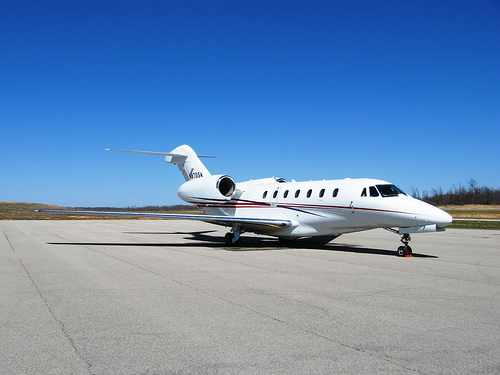what type of aircraft is nz0006, airlines to ephrata municipal airport, &esrc=s&frm=1&source=web&cd=10&ved=0chaqfjaj&url=http://www.internationalaircharter.com/airports/har, 3arwi.city, andrews field struisbaai south africa, private flight arrival times bruntingthorpe, &esrc=s&source=web&cd=5&ved=0ceaqfjae&url=http://www.internationalaircharter.com/airports/queensland, kecsked repülöter, jinja richest men, ronneby airport sweden small, kundian famous persons, hoping airport tibet, &esrc=s&source=web&cd=6&ved=0cguqfjaf&url=http://www.internationalaircharter.com/articles/how-to-hac, &esrc=s&frm=1&source=web&cd=9&ved=0cggqfjai&url=http://www.internationalaircharter.com/airports/iowa, &esrc=s&frm=1&source=web&cd=10&ved=0cg0qfjaj&url=http://www.internationalaircharter.com/airports/iow , helipad antibes, patriccia costa nua, charter turboprop toulouse, fahad airport south africa, &esrc=s&source=web&cd=9&ved=0cfqqfjai&url=http://www.internationalaircharter.com/airports/chittagong, hotel monitorn bromma, ellisras airfield south africa, what is highest heliport in s.a, privatejet brwmen, &esrc=s&source=web&cd=1&ved=0ccgqfjaa&url=http://www.internationalaircharter.com/airports/makkah//me, airline have flight in bulan sorsogon, saurimo angola, does bursa turkey have an airport?, &esrc=s&source=web&cd=2&ved=0ccgqfjab&url=http://www.internationalaircharter.com/airports/slovenj-gr, burren junction airport ctaf
Sandfire Airport

Private aircraft hires also coincide to the best safety laws of the FAA. Private plane carriers actually go beyond their FAA safety laws. Each United States private jet is qualified under FAA regulations and each and every pilot is experienced, accomplishing a minimum of 5,000 flights hours, which is higher than the FAA requirements. Many private aircraft rentals also can accommodate from 4 to 400 passengers. In many situations, people for a business or private aircraft hire, can walk or are driven right to the jet’s doorway. They are permitted to board their flight minus experiencing being patted down or having to go into a metal detector. Albeit, the airline market statistics stress that private plane security has an excellent record, from operating its own stringent security rules.
Top 8 Reasons for Private Flights
Sit back for a moment, close your eyes, and imagine a private flight with none of the following problems you encounter on a commercial flight:
1 - You will not have to hang out for hours in a crowded waiting area.
2 - No annoying and rude fellow travelers (unless you invited them).
3 - No layovers and sprints from one gate to another.
4 - Your favorite soda will not be given to somebody else before the stewardess gets to your seat.
5 - You can put your seat back without disturbing somebody else.
6 - Nobody in front of you will disturb you by putting their seat down.
7 - No screaming babies, or toddlers, or unhappily married people.
8 - No obnoxious body odors coming from your seat partner that you didn't choose.
There are many reason to use a private jet to get to your destination airport
Air travel is currently seeing changes and will continue to change. U.S. security and safety is forever the commercial air travel and private air rental, carriers top goal.
The Federal Aviation Administration (FAA), sets the baselines for flight laws in the country. Both sorts of air flight systems, private and public, have to abide by the direction of the FAA. The FAA regulations have been and are presently in position to keep the planes, the pilots and the public, safe in the air. The Federal Aviation Administration is within the direction of the United States Department of Transportation (DOT). The FAA and the DOT, dually watch closely all flight issues and activities for the safety travel of all people on U.S. airlines.




